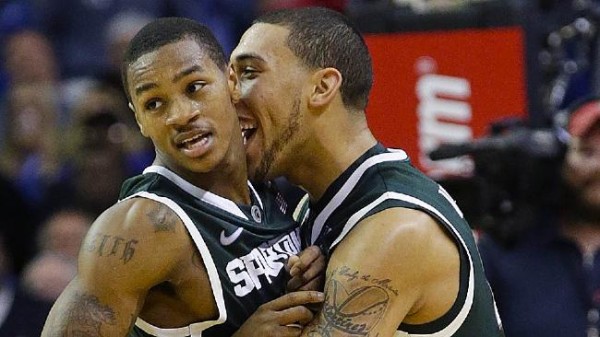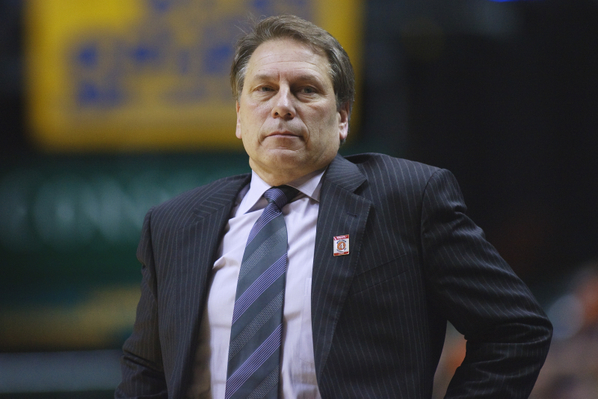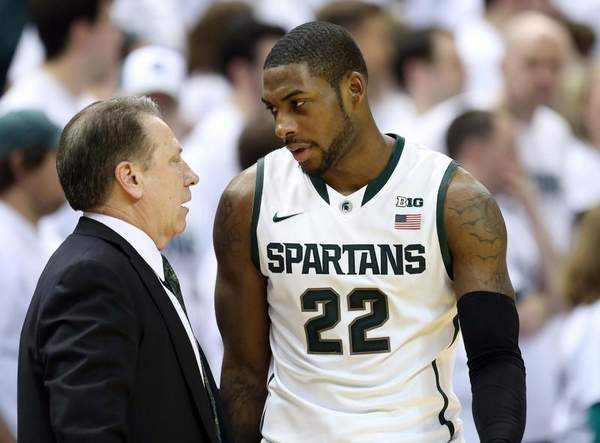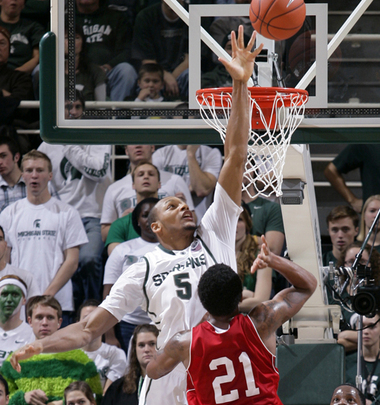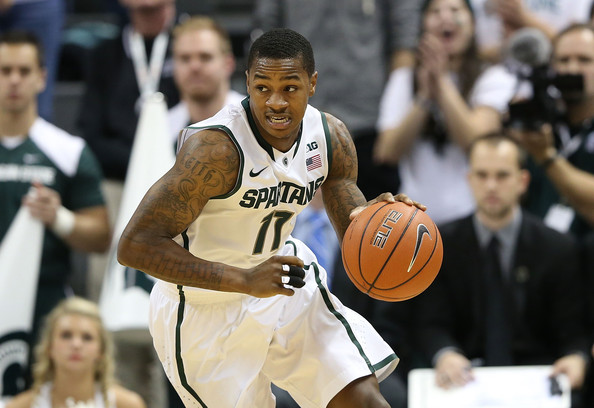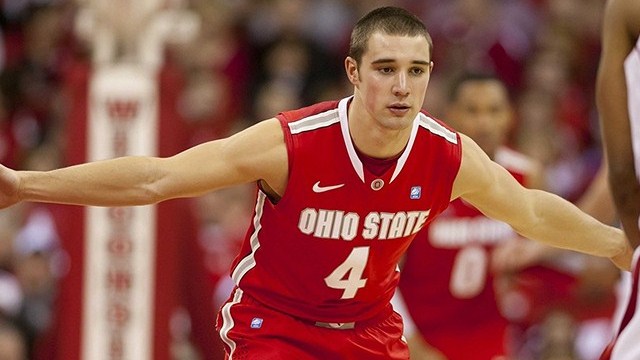Posted by Walker Carey (@walkerRcarey) & Brian Otskey (@botskey) on March 28th, 2014

Walker Carey (@walkerRcarey) is the NCAA Tournament’s Midwest Region correspondent, and Brian Otskey (@botskey) is the NCAA Tournament’s East Region correspondent. Make sure to also follow @RTCMidwestRegion and @RTCEastRegion for news and analysis from Indianapolis and New York City throughout the weekend.
#2 Michigan vs. #11 Tennessee – Midwest Region Sweet 16 (from Indianapolis, IN) – at 7:15 PM EST on CBS
Tennessee was not supposed to be in this position. It barely found its way into the NCAA Tournament. In fact, the Volunteers had to travel to Dayton last Wednesday to take on Iowa to even advance to the round of 64. Tennessee got by the Hawkeyes in overtime and that was only the beginning of its winning ways. In Raleigh, Cuonzo Martin’s squad was able to throttle Massachusetts and take advantage of Duke’s stunning loss to Mercer by dismantling Bob Hoffman’s Bears in the round of 32 to advance to the Sweet 16. Leading the way thus far for Tennessee has been the spectacular play of forward Jarnell Stokes. The junior has been nothing short of dominant in the team’s recent run, as he is averaging 20.3 points and 15 rebounds in his last three games. The Volunteers have also received a lift from guard Josh Richardson. The junior, who averaged 10.1 points per game in the regular season, has stepped up his play in the tournament, as he is averaging 19.3 points per contest. As a team, the Volunteers’ performance on the rebounding glass has aided tremendously in taking them to the Sweet 16. Tennessee has been an excellent rebounding team all season and its rebounding prowess was never more on display than in Sunday’s victory over Mercer. The Volunteers had a sensational 41-19 rebounding advantage over the Bears in the winning effort.
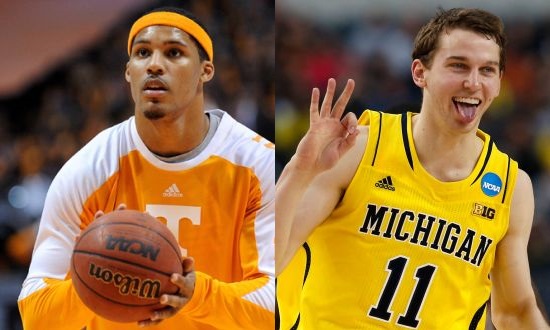
Expect plenty of fireworks between these two guys Friday night. (Getty & USA TODAY Sports)
Michigan will take the court in Indianapolis after a relatively easy first weekend in Milwaukee. The Wolverines cruised to a 17-point victory in the round of 64 over an undermanned Wofford squad before wearing down Texas in a 14-point victory. John Beilein’s team has been an outstanding perimeter shooting offense and that has carried over into the postseason. The Wolverines hit a combined 21 three-pointers in the two victories. Big Ten Player of the Year Nik Stauskas hit seven of those 21 triples an was the team’s leading scorer in each victory. Michigan’s frontcourt has been seen as a concern since sophomore big man Mitch McGary was lost to a back injury in late December, but forward Jordan Morgan showed he is a capable post presence with his performances in Milwaukee. The senior averaged 12.5 points and 10 rebounds against Wofford and Texas, while living up to his reputation as a solid interior defender. In Friday’s game, it should be expected that both teams will play to their strengths. Tennessee will try to use its size advantage to the dominate the interior and Michigan will attempt to get its perimeter shooting going early and often. Texas had a great advantage over Michigan in size too, but the Wolverines were able to wear the Longhorn bigs down through a terrific transition effort and solid offensive spacing. It would be wise to expect Michigan to do the same Friday. Tennessee will keep close throughout much of the game, but the shot-making ability of Stauskas, Caris LeVert, and Glenn Robinson III will ultimately be too much for the Volunteers to overcome. Two-seed Michigan will win the game to advance to its second straight Elite Eight.
The RTC Certified Pick: Michigan
Read the rest of this entry »
| 2014 ncaa tournament, game analysis
| Tagged: 2014 ncaa tournament, aaron harrison, adreian payne, amida brimah, andrew harrison, anthony gill, connecticut, cuonzo martin, deandre daniels, DeAndre Kane, east region, feature, fred hoiberg, iowa state, Jarnell Stokes, Joe harris, john calipari, Julius Randle, Keith Appling, kentucky, kevin ollie, luke hancock, madison square garden, malcolm brogdon, Melvin Ejim, michigan, michigan state, Mike Tobey, Montrezl Harrell, nik stauskas, rick pitino, russ smith, shabazz napier, tom izzo, tony bennett, virginia
Share this story
